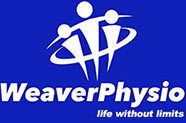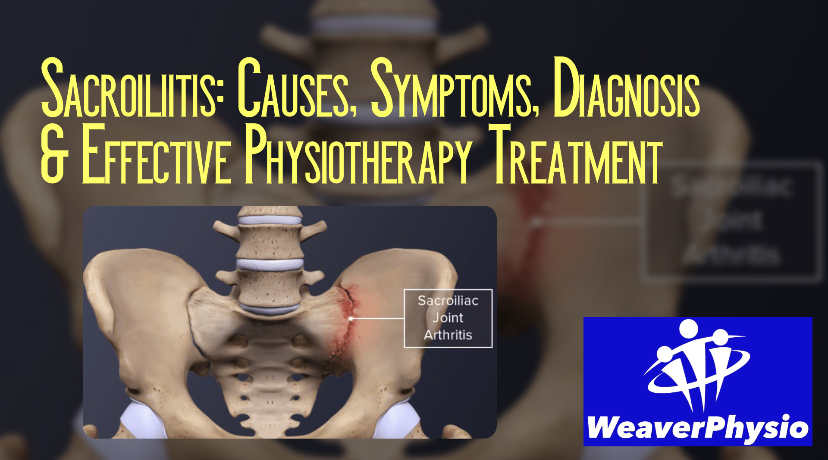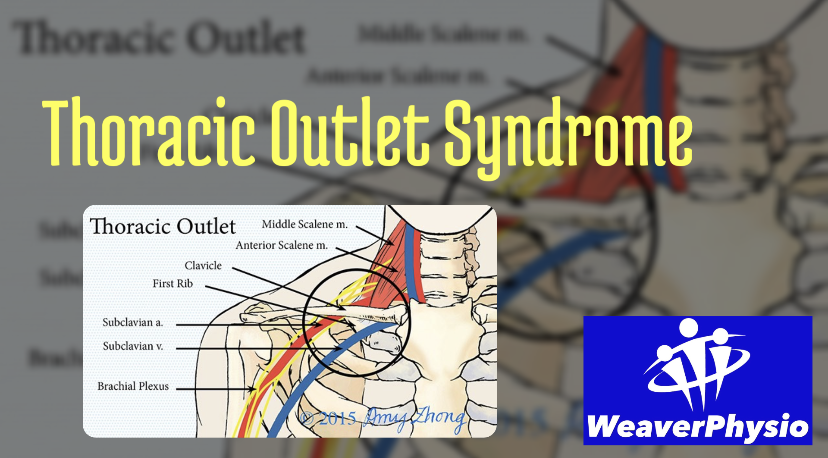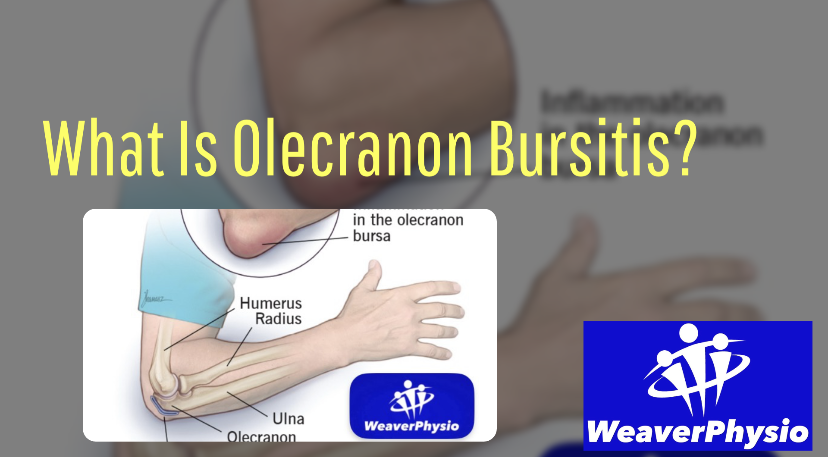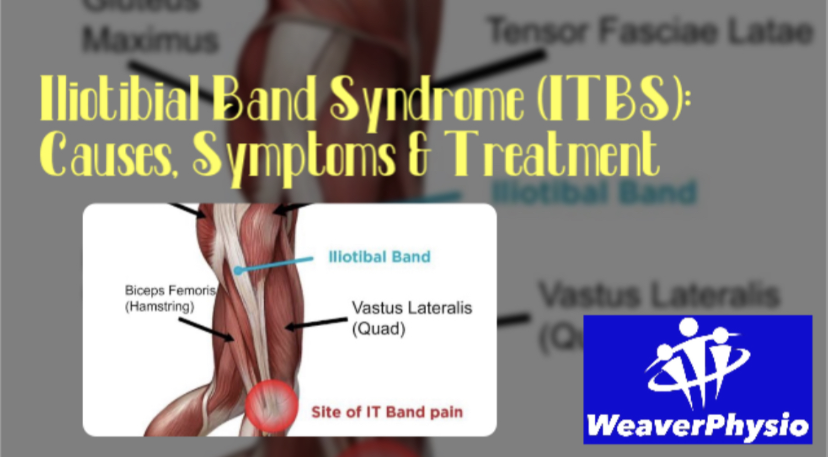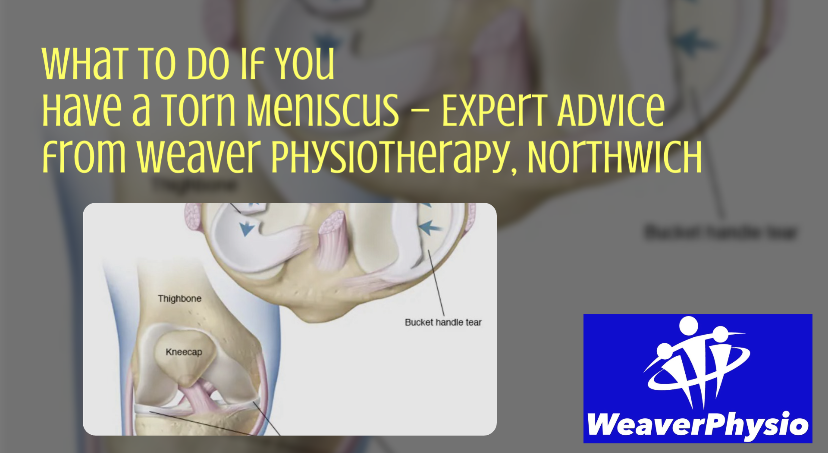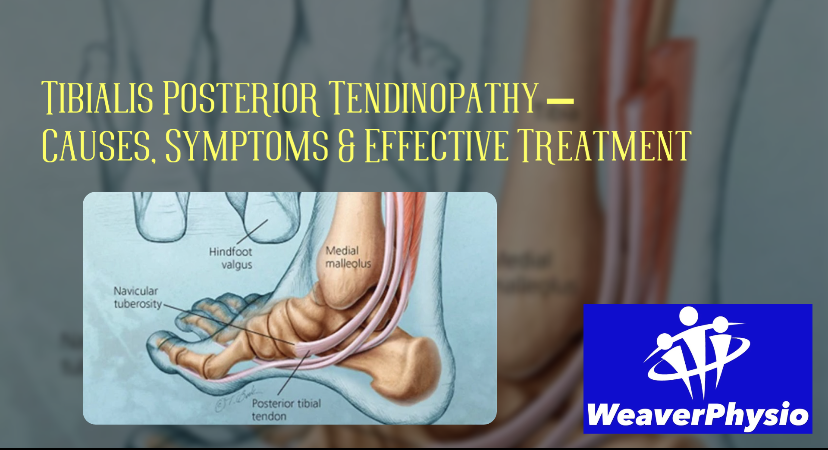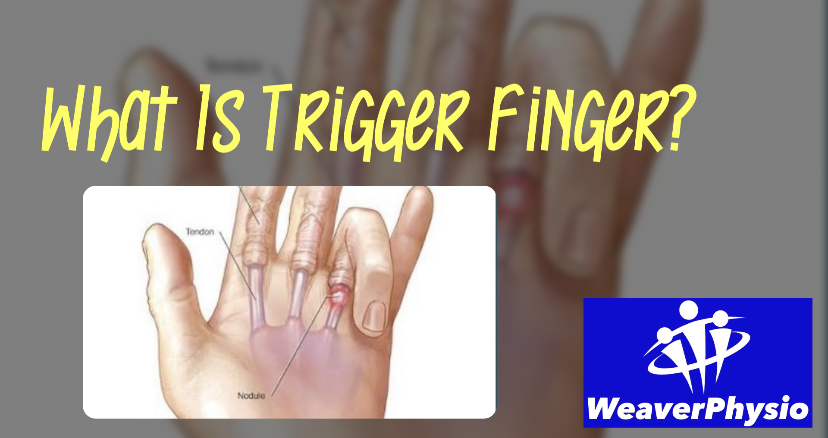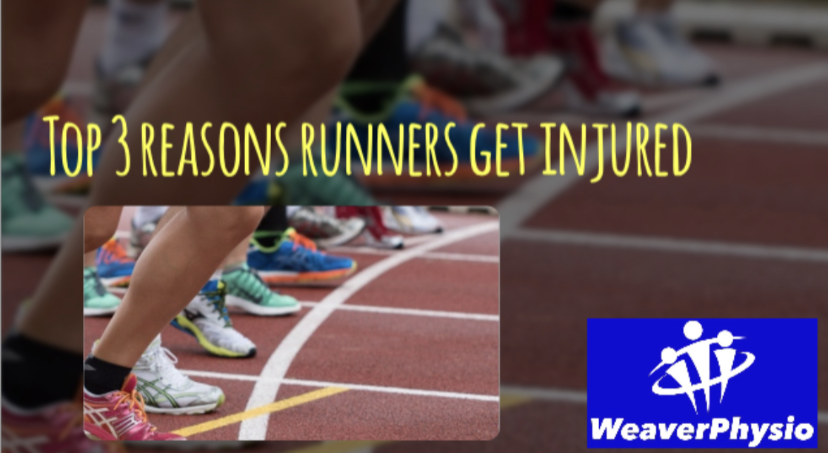Gait Analysis
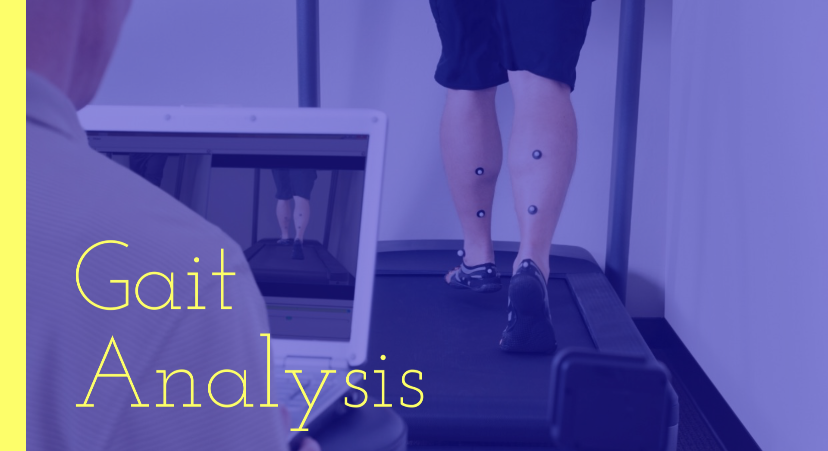
Run Smarter, Not Harder: How Running Gait Analysis Can Transform Your Performance and Prevent Injury
By Weaver Physio
Running is one of the most accessible and popular forms of exercise worldwide—but it’s also one of the most injury-prone. Whether you’re a casual jogger, a weekend warrior, or training for your next marathon, chances are you’ve experienced a niggle or injury along the way.
That’s where Running Gait Analysis comes in.
At Weaver Physio, we offer detailed running gait assessments to help runners understand how their body moves, identify inefficiencies or biomechanical issues, and reduce injury risk. Whether you’re dealing with pain or just want to improve your form and performance, gait analysis offers real, lasting benefits.
In this blog, we’ll explain what a running gait analysis is, why it’s important, what it involves, and how it can make a big difference to your running journey.
⸻
What Is Running Gait Analysis?
Running gait analysis is a detailed assessment of the way your body moves when you run. It involves observing and measuring the mechanics of your running stride—everything from your foot strike to hip and shoulder movement, cadence, and posture.
It’s not just about how your feet land. We look at your whole body as a dynamic system, identifying imbalances, compensations, or movement inefficiencies that could be holding you back or contributing to pain and injury.
At Weaver Physio, we use high-speed video analysis and hands-on expertise to assess your running mechanics in detail. This allows us to create a tailored plan to optimise your running style and address any problem areas.
⸻
Who Should Have a Gait Analysis?
You don’t have to be an elite athlete to benefit from gait analysis. It’s suitable for:
• New runners wanting to start out safely
• Injured runners dealing with recurring issues like shin splints, knee pain, ITB syndrome or plantar fasciitis
• Performance-focused runners aiming to improve speed or efficiency
• Post-surgery runners returning to activity after procedures like ACL repair or hip replacement
• Anyone experiencing pain during or after running
If you’re serious about running and want to run more efficiently and injury-free, gait analysis is for you.
⸻
Why Is Gait So Important?
Running may seem simple—just one foot in front of the other—but the mechanics behind it are complex. Each step involves a coordinated effort between your joints, muscles, tendons, and nervous system.
An inefficient gait can lead to:
• Overuse injuries (e.g., stress fractures, Achilles tendinopathy)
• Muscle imbalances
• Poor shock absorption
• Reduced performance or speed
• Fatigue and early burnout
Even small abnormalities in stride length, cadence, or posture can create excessive load on certain areas of the body, especially when repeated over thousands of steps.
By identifying and correcting these issues early, gait analysis can help you avoid future injury and run more efficiently.
⸻
What Happens During a Gait Analysis at Weaver Physio?
Here’s what you can expect from your running gait assessment:
1. Initial Consultation
We begin by talking through your running history, current training, goals, and any injuries or pain you’re experiencing. We’ll also look at your footwear and previous injury records.
2. Physical Assessment
We assess your strength, flexibility, joint mobility, and muscle activation. This helps us identify imbalances or weaknesses that may be affecting your gait.
3. Video Analysis
You’ll run on a treadmill while we record your stride from multiple angles using slow-motion video technology. We observe:
• Foot strike pattern (heel, midfoot, forefoot)
• Stride length and cadence
• Pelvis, hip, knee, and ankle movement
• Arm swing and trunk posture
• Symmetry between left and right sides
4. Detailed Feedback
We’ll go through the video frame-by-frame with you to show exactly what’s happening in your gait, pointing out areas of concern or inefficiency.
5. Personalised Plan
Based on our findings, we’ll provide a detailed report and tailor a plan to improve your running. This may include:
• Technique changes
• Strengthening or mobility exercises
• Footwear advice
• Running drills or cadence adjustments
• Recommendations for orthotics (if required)
⸻
Common Gait Issues We See
Every runner is different, but some patterns come up time and time again:
• Overstriding – Landing with the foot too far in front of the body, increasing impact forces
• Hip drop – Poor glute control causing the opposite hip to dip while running
• Excessive pronation or supination – Poor foot mechanics affecting shock absorption
• Low cadence – Fewer steps per minute, often associated with overstriding and greater injury risk
• Poor trunk control – Excessive rotation or forward lean that can waste energy or strain the lower back
These issues are often subtle, but over time, they can lead to injuries or limit your performance. That’s why early identification and correction are so important.
⸻
How Does Gait Analysis Help?
Here are just a few of the benefits our clients experience:
1. Injury Prevention
By correcting biomechanical faults, you reduce the strain on vulnerable areas—helping to avoid common injuries like runner’s knee, ITB syndrome, shin splints, and Achilles problems.
2. Faster Recovery
If you’re currently injured, understanding what led to it is key to recovery and prevention. Gait analysis pinpoints the root cause so we can build a more effective rehab plan.
3. Better Efficiency
Small tweaks to your running form—like adjusting cadence or improving posture—can make your stride more energy-efficient, helping you run faster with less effort.
4. Long-Term Health
Running should be something you can enjoy for life. Gait analysis helps you develop a more sustainable, injury-resistant running style for the long haul.
⸻
Running Smarter with Weaver Physio
At Weaver Physio, we’re passionate about helping runners of all levels move better, feel stronger, and reach their goals injury-free. Our gait analysis sessions are more than just a quick glance at your stride—they’re a deep dive into your body’s movement, backed by expert physiotherapy knowledge and evidence-based treatment.
Whether you’re preparing for your first 5K or aiming for a personal best in your next marathon, let us help you run at your best.
⸻
Book your Running Gait Analysis today and take the first step towards more efficient, pain-free running.
⸻
Weaver Physio – Keeping you one stride ahead.

